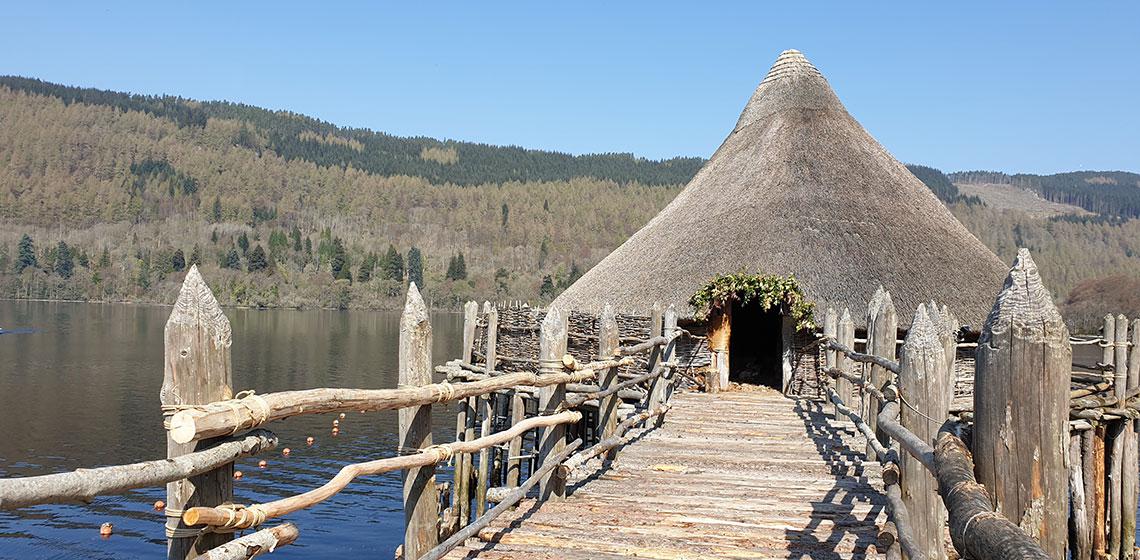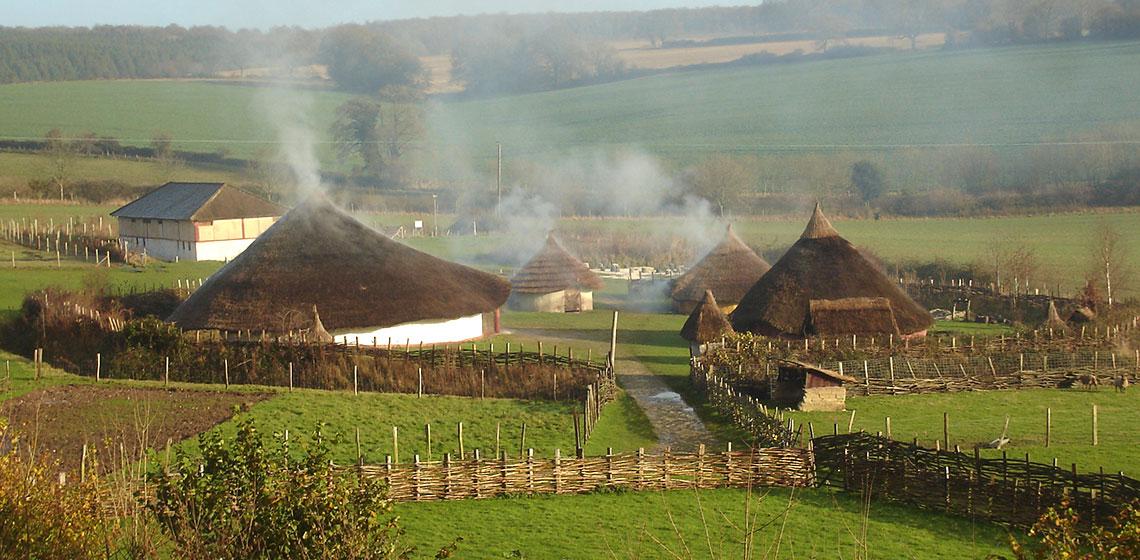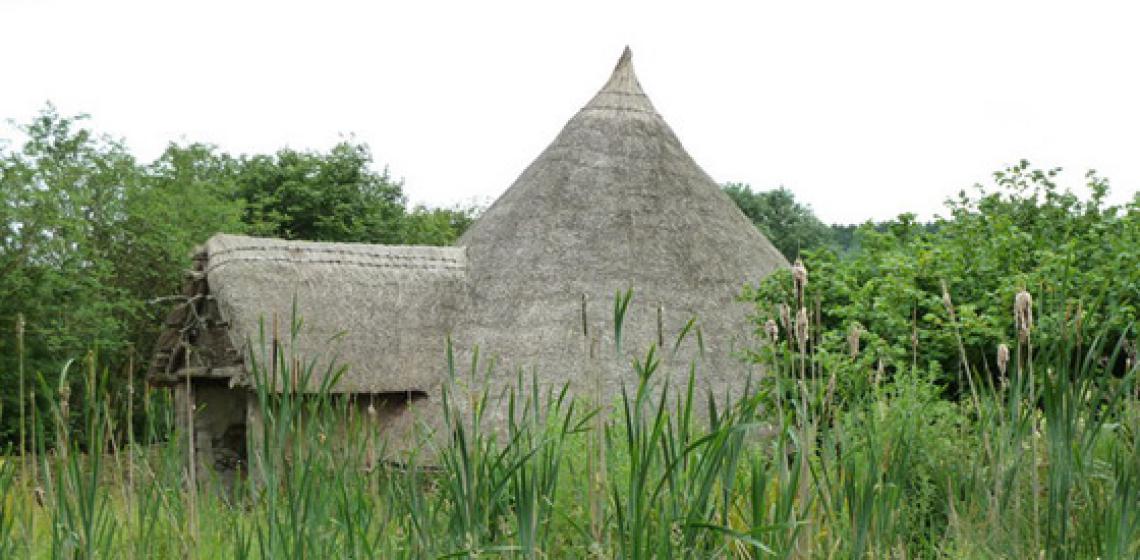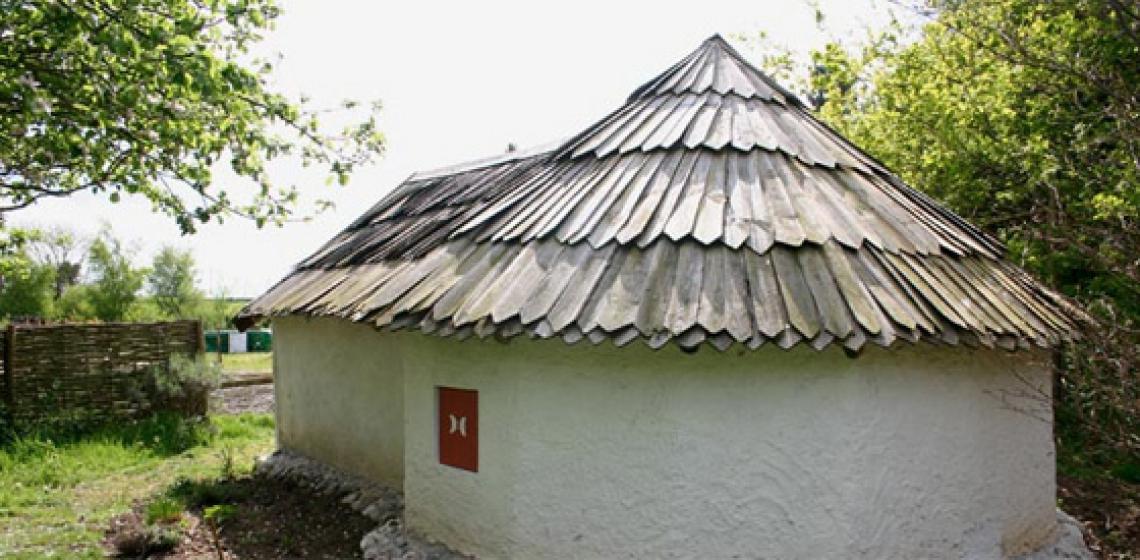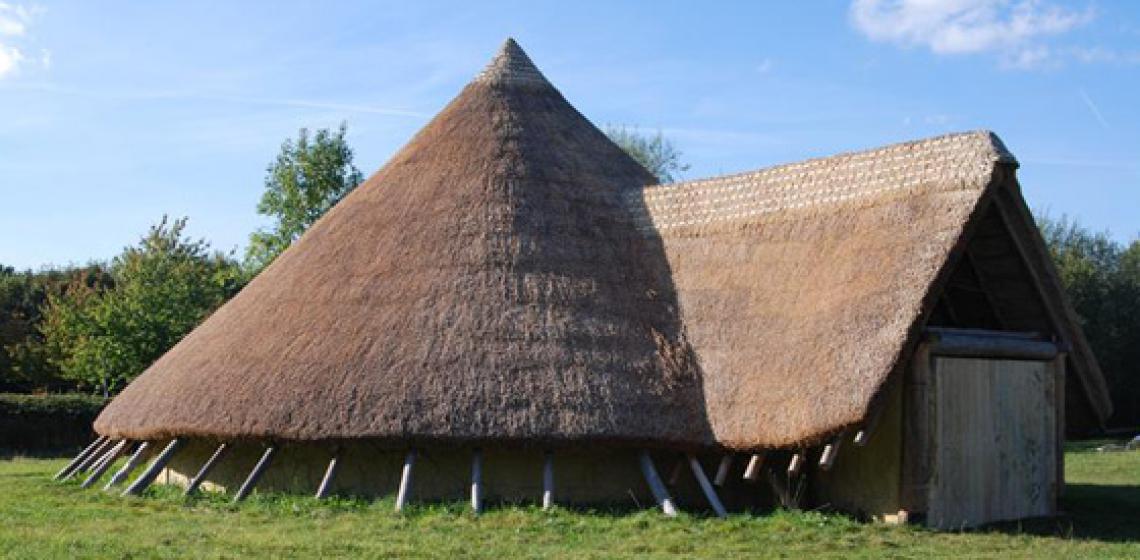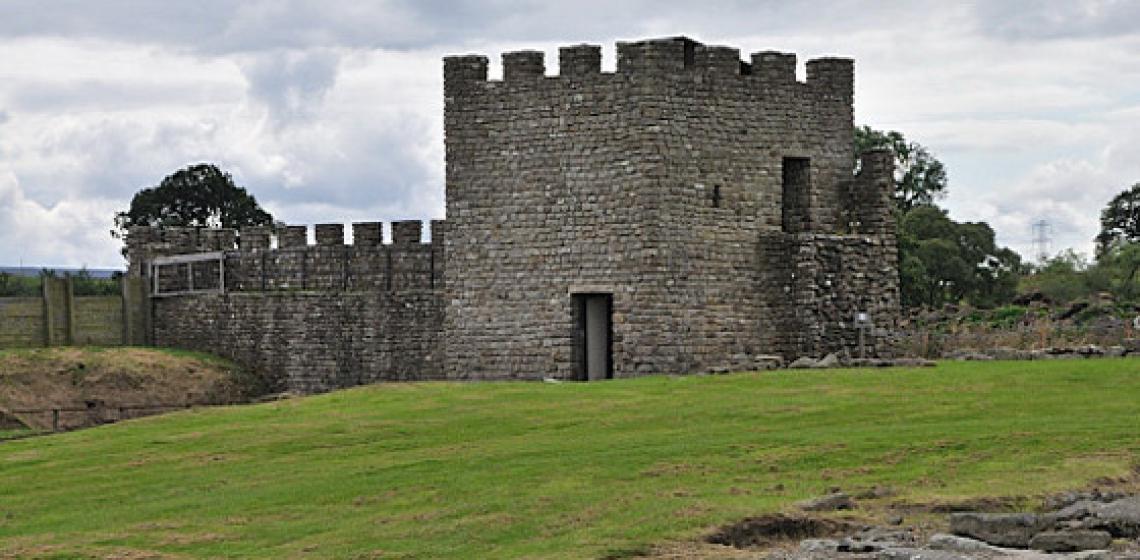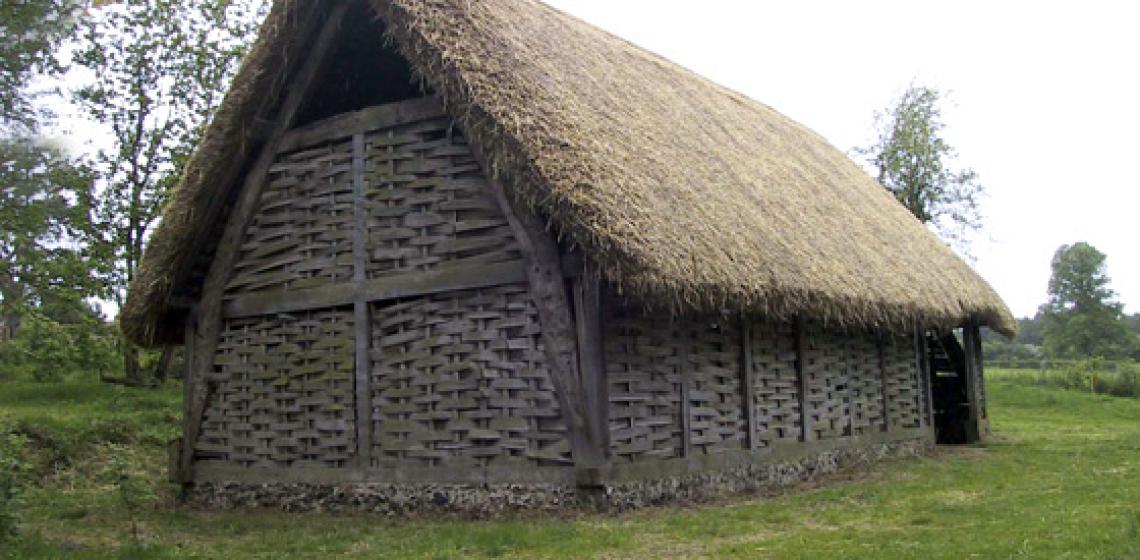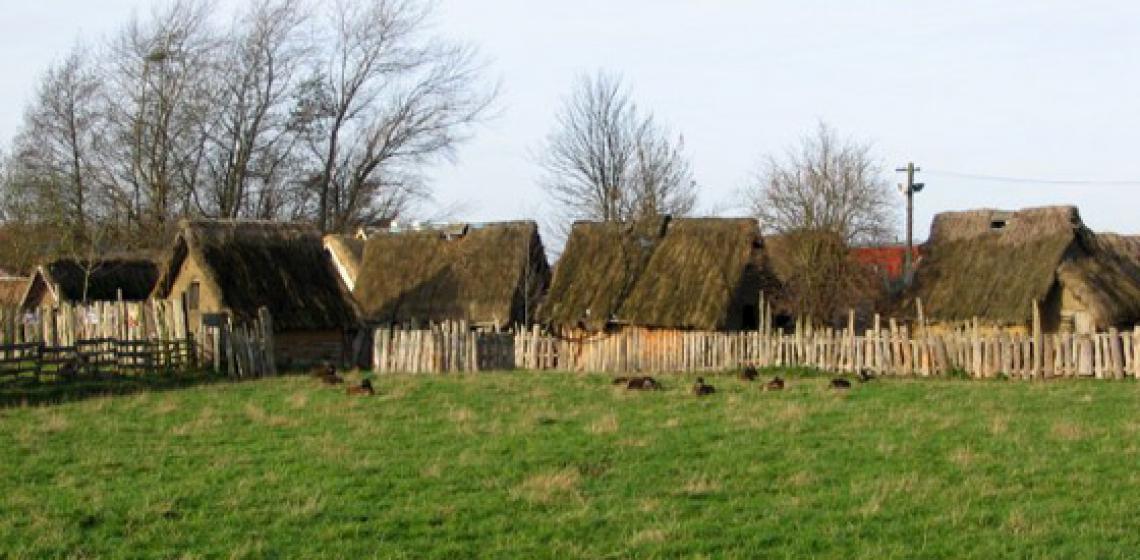The Scottish Crannog Centre (UK)
Join the 21st Century Crannog Community where you will be guaranteed a warm welcome and taken on a fascinating journey into Scotland's prehistory. Walk in the footsteps of the original Crannog dwellers and immerse yourself in village life with original artefacts; demonstrations of textiles, cooking and ancient crafts & technologies; paddle into prehistory in one of our replica log boats and take in the atmosphere inside the Crannog Roundhouse.
Join the 21st Century Crannog Community where you will be guaranteed a warm welcome and taken on a fascinating journey into Scotland's prehistory. Walk in the footsteps of the original Crannog dwellers and immerse yourself in village life with original artefacts....

